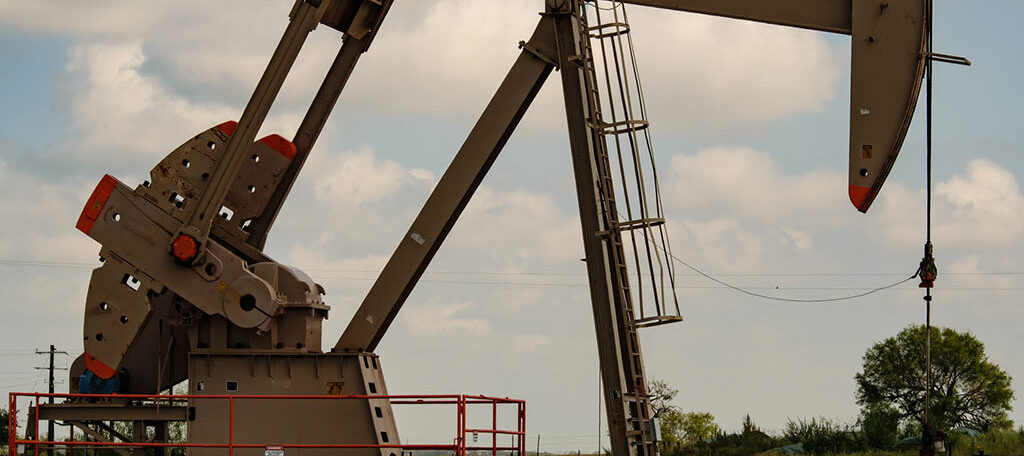Oil wells play a crucial role in meeting global energy demands, and their efficient operation is essential for the oil and gas industry.
What is an Oil well?
An oil well is a drill hole boring in Earth that is designed to bring petroleum oil hydrocarbons to the surface.
It is designed to access and extract oil from underground reservoirs, they are typically drilled using a drilling rig and are completed by inserting a pipe (casing) into the wellbore and cementing it in place.
A well that is designed to produce only gas may be termed a gas well. Wells are created by drilling down into an oil or gas reserve and if necessary equipped with extraction devices such as pumpjacks.
History
The earliest known oil wells were drilled in China in 347 CE. These wells had depths of up to about 240 meters (790 ft) and were drilled using bits attached to bamboo poles. The oil was burned to evaporate brine producing salt. By the 10th century, extensive bamboo pipelines connected oil wells with salt springs. The ancient records of China and Japan are said to contain many allusions to the use of natural gas for lighting and heating.
Polish engineer Ignacy Lukasiewicz improved the method of distilling kerosene and petroleum in 1852 and opened the first ‘rock oil’ mine in Bóbrka, Poland, in 1854.
READ: Nigerian Petroleum (Drilling and Production) Regulations
In 1859, Edwin Drake drilled the first successful well in Titusville, Pennsylvania, on the other side of the city limits, marking the beginning of the state’s oil boom. Same year, the first oil corporation (Pennsylvania Rock Oil Company of Connecticut) was formed to develop oil found on water close to Titusville, Pennsylvania.
In 1857, the American Merrimac Company drilled the first oil well to a depth of 280 feet in the town of La Brea, Trinidad.
The earliest oil wells in modern times were drilled percussively, by repeatedly raising and dropping a bit on the bottom of a cable into the borehole. In the 20th century, cable tools were largely replaced with rotary drilling, which could drill boreholes to much greater depths and in less time.
Until the 1970s, most oil wells were essentially vertical, although lithological variations cause most wells to deviate at least slightly from true vertical (see deviation survey). However, modern directional drilling technologies allow for highly deviated wells that can, given sufficient depth and with the proper tools, actually become horizontal. This is of great value as the reservoir rocks that contain hydrocarbons are usually horizontal or nearly horizontal; a horizontal wellbore placed in a production zone has more surface area in the production zone than a vertical well, resulting in a higher production rate.
READ: Oilfield Consultancy Services
components
The components of an oil well include:
- Wellhead: The surface equipment that controls the flow of oil and gas from the well.
- Casing: The pipe that lines the wellbore and prevents collapse.
- Perforations: Small holes in the casing that allow oil to flow into the well.
- Production tubing: The pipe that carries oil from the perforations to the surface.
- Packers: Devices that seal the annulus (space between the casing and production tubing) to prevent fluid migration.
- Downhole equipment: Tools and instruments used to monitor and control the well’s performance.
process of extracting oil
The process of extracting oil from a well involves:
- Drilling: Creating the wellbore using a drilling rig.
- Completion: Installing the casing, perforations, and production tubing.
- Production: Extracting oil from the well through the production tubing.
- Enhanced oil recovery (EOR): Techniques used to increase oil production, such as water injection or gas injection.
Classification
Oil wells can be classified as:
- Vertical wells: Drilled straight down into the reservoir.
- Horizontal wells: Drilled at an angle to access a wider area of the reservoir.
- Directional wells: Drilled at an angle to reach a specific target in the reservoir.
- Offshore wells: Drilled in ocean or sea beds to access underwater reservoirs.

